Understanding Vapor Tight Light Fixture Features
The world of industrial and commercial lighting is filled with various options, each designed for specific needs. Among these, the Vapor Tight Light Fixture stands out for its unique capabilities. Whether when facing moisture, dust, or extreme temperatures, these fixtures provide reliable illumination where traditional options may fail. This comprehensive guide explores the features, applications, installation, maintenance, and energy efficiency of vapor tight light fixtures.
What Makes a Vapor Tight Light Fixture Unique?
Vapor tight light fixtures are specifically engineered to offer protection against the ingress of moisture and dust. These fixtures typically feature robust enclosures that ensure the longevity and reliability of the lighting source. Unlike standard fixtures, vapor tight options use gaskets, lenses, and durable materials that prevent water and dust particles from entering, making them suitable for a range of settings, including industrial, agricultural, and commercial environments.
The key component that sets vapor tight fixtures apart is their sealed design, often rated IP65 or higher. This rating indicates that the fixture is not only dust-tight but can also withstand low-pressure water jets from any direction. As such, these fixtures are ideal for locations like warehouses, food processing plants, parking garages, and any area that might be exposed to harsh environmental conditions.
Key Specifications to Look For
- Ingress Protection (IP) Rating: An essential specification that defines the fixture’s resistance to dust and moisture. Look for a minimum IP65 rating for effective protection.
- Material Composition: High-quality polycarbonate or fiberglass are common choices for housing materials, ensuring durability and impact resistance.
- Light Output: Measured in lumens, the light output should be evaluated based on the space it will illuminate.
- Wattage and Energy Efficiency: Fixtures that utilize LED technology can provide significant energy savings and longer lifespans compared to traditional fluorescent or incandescent lights.
- Temperature Range: Ensure that the fixture can operate effectively within the temperature extremes of its intended environment.
Benefits of Using Vapor Tight Light Fixtures
The advantages of incorporating vapor tight light fixtures into your lighting strategy are plentiful. Not only do they provide superior protection against environmental factors, but they also offer other key benefits:
- Longevity: With a durable design and LED technology, vapor tight fixtures can last significantly longer than traditional options, reducing replacement costs and downtime.
- Low Maintenance: The sealed design minimizes the ingress of contaminants, reducing the need for frequent cleaning and maintenance.
- Versatility: These fixtures serve well in various settings, from industrial facilities to agricultural settings and everything between.
- Safety: By providing reliable, high-quality light in hazardous locations, vapor tight fixtures enhance workplace safety.
Applications of Vapor Tight Light Fixture
Ideal Environments for Vapor Tight Light Fixtures
Vapor tight light fixtures are designed for use in applications where they are exposed to moisture, dirt, or intense conditions. Some of the ideal environments include:
- Food Processing Facilities: These fixtures are crucial for maintaining hygiene and ensuring that facilities adhere to health and safety standards.
- Parking Garages: In these often damp and dark environments, vapor tight fixtures provide much-needed visibility and safety.
- Cold Storage Areas: They can function effectively in low temperatures, making them suitable for refrigerators and freezers without a loss in light quality.
- Agricultural Environments: Whether in greenhouses or livestock barns, these fixtures resist the humidity typically found in agricultural operations.
Case Studies: Successful Implementation
Various industries have successfully switched to vapor tight light fixtures to address specific lighting challenges. For instance:
- A refrigerated warehouse transitioned to vapor tight LED fixtures, resulting in a 50% reduction in energy costs while significantly improving illumination, aiding in operational efficiency.
- A food processing plant implemented vapor tight fixtures to ensure compliance with industry regulations. The durable nature allowed for easy cleaning, enhancing hygiene levels and reducing maintenance labor costs.
Comparative Analysis with Other Fixtures
When choosing lighting solutions, it’s essential to compare different types of fixtures on several parameters, including durability, cost, and maintenance requirements. Below, we explore how vapor tight light fixtures stack up against traditional fluorescent and incandescent options:
| Feature | Vapor Tight Light Fixture | Fluorescent Fixture | Incandescent Fixture |
|---|---|---|---|
| Energy Efficiency | High (especially LED models) | Moderate | Low |
| Lifespan | Up to 50,000 hours | 7,000 – 15,000 hours | 1,000 hours |
| Maintenance | Low | Moderate | High |
| Moisture Resistance | Excellent | Poor | Poor |
Installation Guidelines for Vapor Tight Light Fixture
Best Practices for Installing Vapor Tight Light Fixtures
Installing vapor tight fixtures requires careful consideration to ensure optimal performance and durability. Here are some best practices:
- Choose the Right Location: Prioritize areas where moisture and dust accumulation is prevalent for maximum efficiency.
- Follow Manufacturer Instructions: Always refer to the manufacturer’s guidelines for installation specifics, including wiring diagrams and mounting instructions.
- Utilize Proper Mounting Hardware: Ensure that the fixtures are securely mounted using the appropriate hardware to prevent vibrations or accidental disengagement.
- Test After Installation: Conduct functionality tests to confirm that the fixtures are operating correctly and efficiently.
Tools and Materials Required
To install vapor tight light fixtures efficiently, the proper tools and materials are necessary. Consider the following items:
- Power drill
- Screws and anchors (as recommended)
- Wire strippers
- Voltage tester
- Safety goggles and gloves
Common Installation Mistakes to Avoid
While installing fixtures, it’s important to be aware of common pitfalls that may lead to suboptimal performance:
- Poor Sealing: Ensure all gaskets are properly seated during installation to maintain the fixture’s vapor-tight integrity.
- Neglecting Electrical Safety: Always power off the circuit before installation to avoid potential hazards.
- Improper Height Placement: Mount fixtures at appropriate heights to maximize light spread and effectiveness.
Maintenance Tips for Vapor Tight Light Fixture
Routine Maintenance Practices
Although vapor tight fixtures are designed to withstand harsh conditions, routine maintenance is essential to keep them functioning optimally. Here are some key maintenance practices:
- Regular Cleaning: Use a damp cloth to wipe down fixtures periodically to remove dust and grime.
- Check for Damages: Routinely inspect fixtures for signs of wear, such as cracks or yellowed lenses, which may affect light output.
- Electrical Inspections: Conduct regular checks of wiring and connections to ensure there are no loose or frayed wires.
- Replace Bulbs as Needed: Although LEDs have a long lifespan, they may require replacement if they fail to illuminate effectively.
Signs That Your Fixture Needs Repair
Being vigilant about identifying potential issues can prevent more significant problems down the line. Signs that your vapor tight light fixture may need repair include:
- Flickering lights or dimming, which could indicate wiring issues or failing bulbs.
- Moisture buildup or condensation inside the fixture, signifying a failure in the sealing mechanisms.
- Physical damage to the fixture, such as cracks or broken lenses, can compromise its effectiveness.
- An unusual increase in energy bills, which may indicate the fixture is no longer operating efficiently.
Extending the Lifespan of Your Vapor Tight Light Fixture
To maximize the return on investment from your vapor tight fixtures, it’s essential to implement strategies that extend their lifespan:
- Adhering to a regular maintenance schedule to ensure components are intact and functioning properly contributes to longevity.
- Implementing surge protectors or voltage stabilizers can help protect fixtures from electrical surges, which may damage sensitive components.
- Using fixtures within their rated specifications helps prevent overheating or electrical issues.
Energy Efficiency and Cost Savings
How Vapor Tight Light Fixtures Save Energy
The shift towards energy-efficient lighting often starts with the source. Vapor tight light fixtures, especially those utilizing LED technology, are highly effective at reducing energy consumption. Here’s how:
- Longer Lifespan: The extended lifespan of LEDs reduces the frequency of replacements, further cutting down labor and disposal costs.
- Lower Wattage: LED fixtures can produce the same amount of lumens as traditional lights while using significantly less power, resulting in lower energy bills.
- Directional Lighting: LEDs emit light in a specific direction, reducing wasted light output and focusing illumination where it is needed.
Calculating the Long-Term Cost Benefits
When considering the shift to vapor tight fixtures, it is crucial to analyze the long-term cost benefits. A simple calculation method includes:
- Determine the wattage of the current fixtures and their total usage hours per month.
- Estimate the wattage of the proposed vapor tight fixtures and calculate the potential savings based on local energy costs.
- Factor in the maintenance costs associated with each option to provide a comprehensive view of total ownership costs over time.
Incentives and Rebates for Energy-Efficient Lighting
Many local and federal programs offer incentives and rebates for switching to energy-efficient lighting solutions, including vapor tight fixtures. By researching available programs through utility companies or governmental bodies, businesses can often offset the initial costs of upgrading. This not only provides immediate savings but also supports overall sustainability goals within organizations.
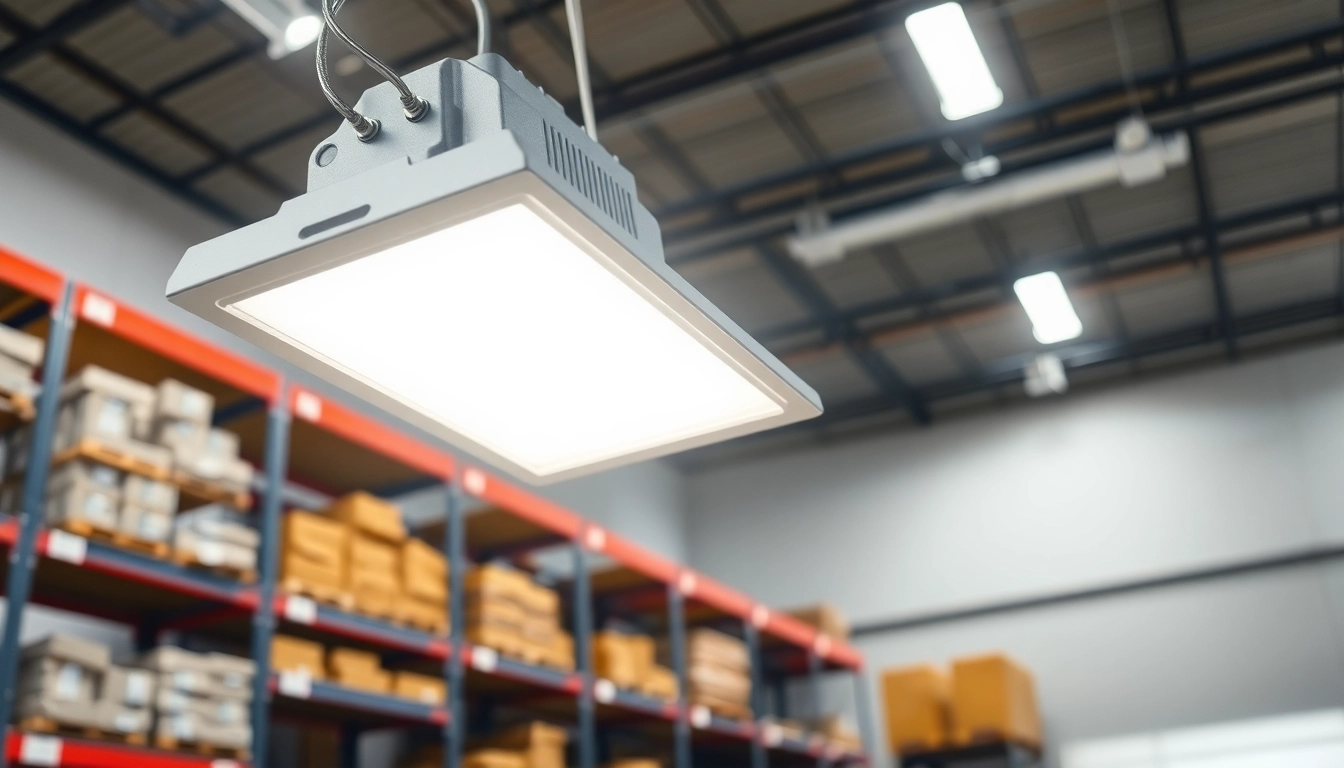

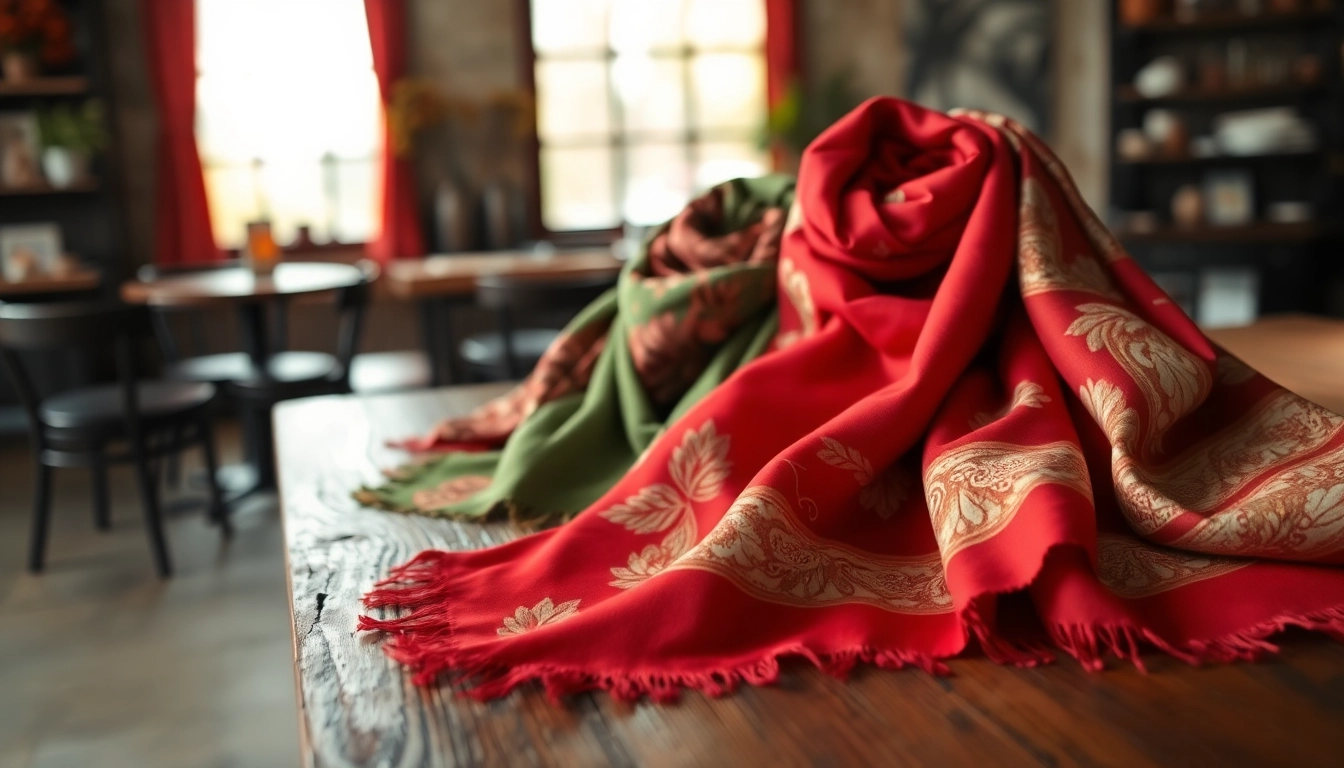
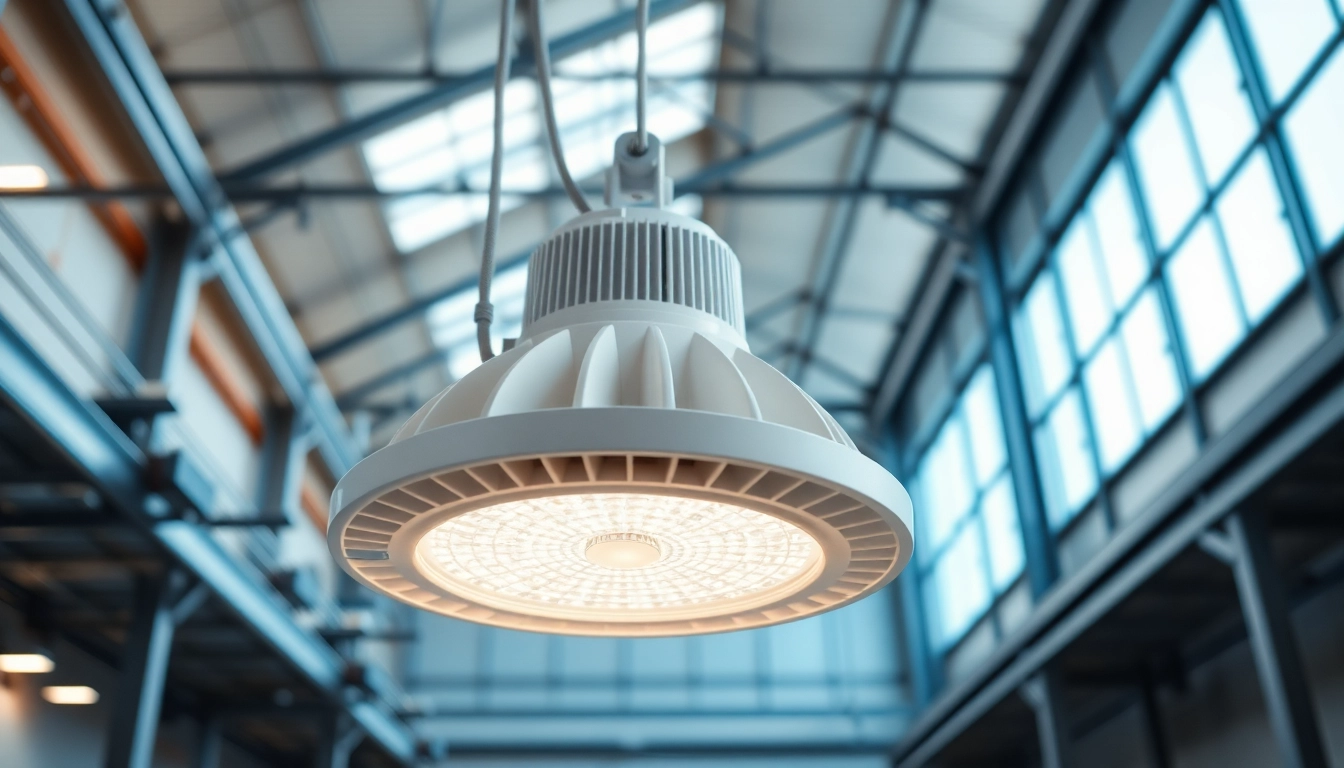
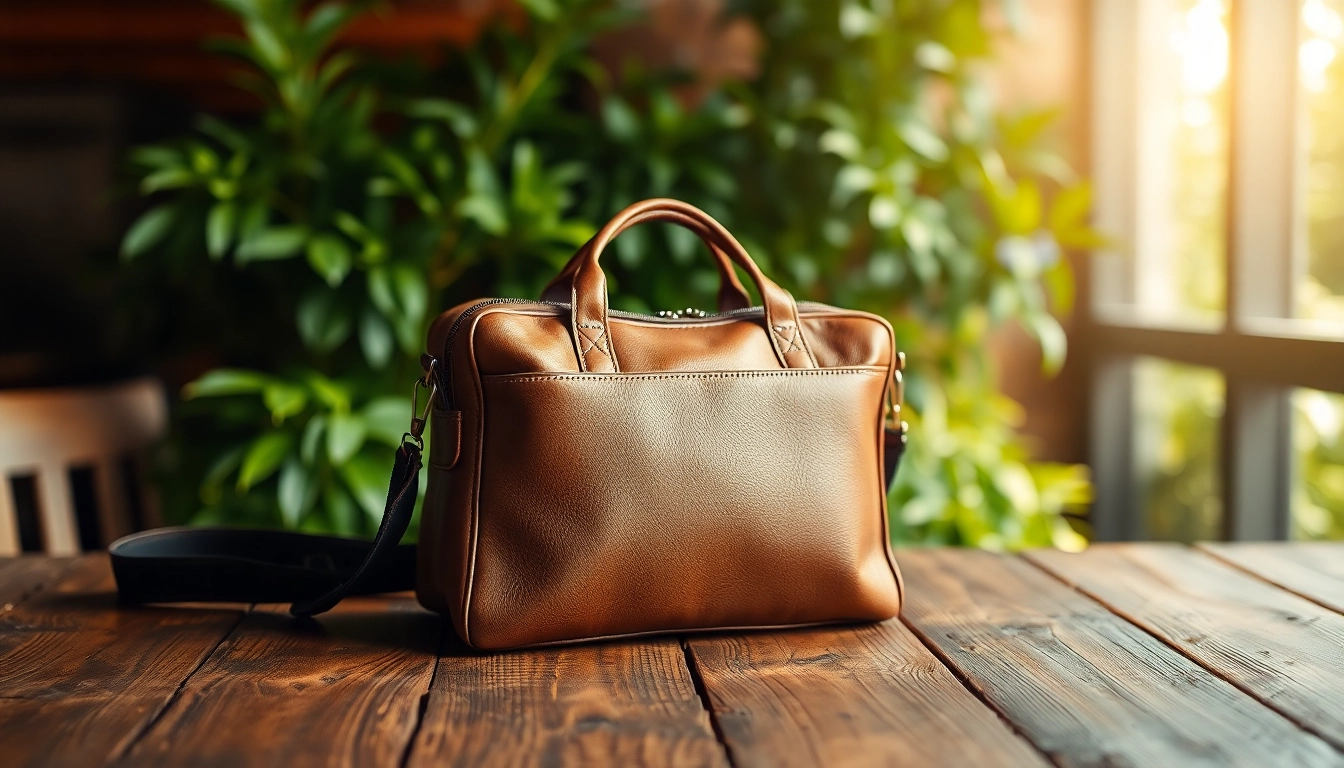

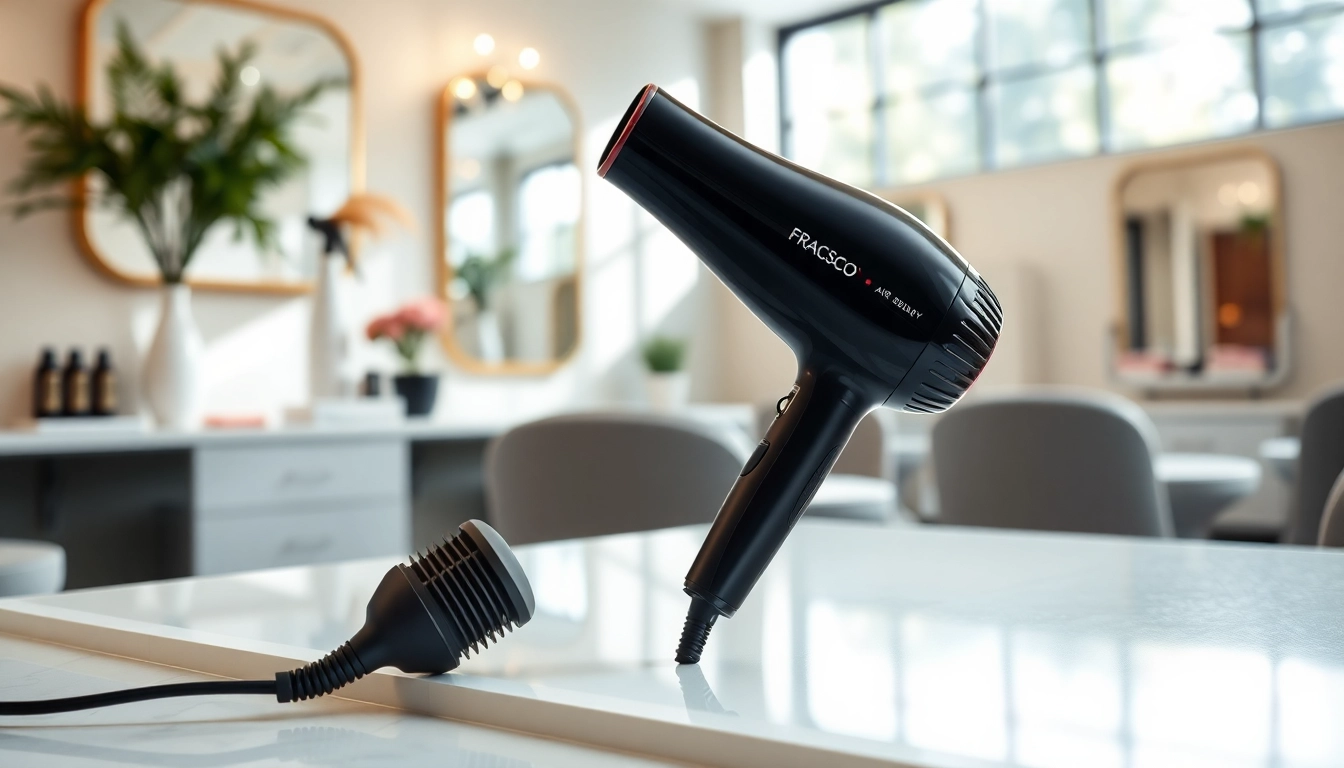
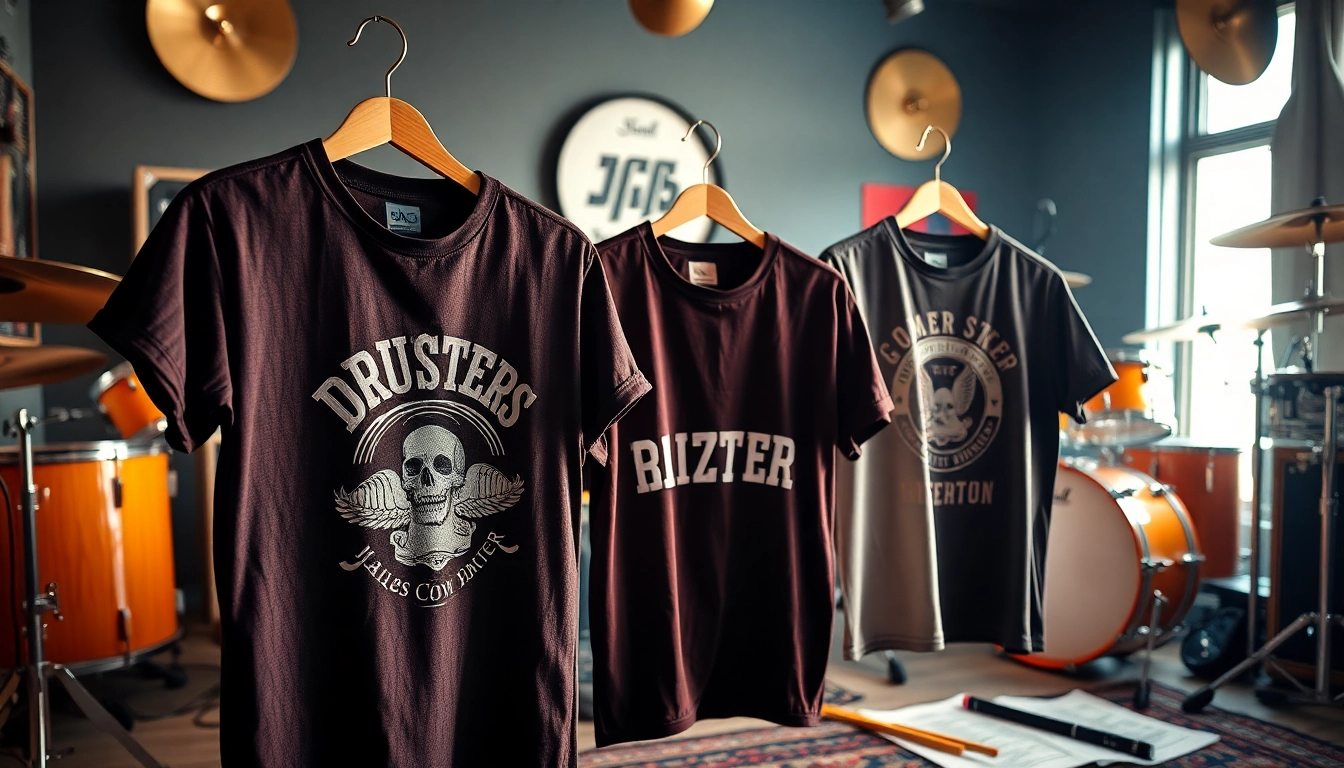
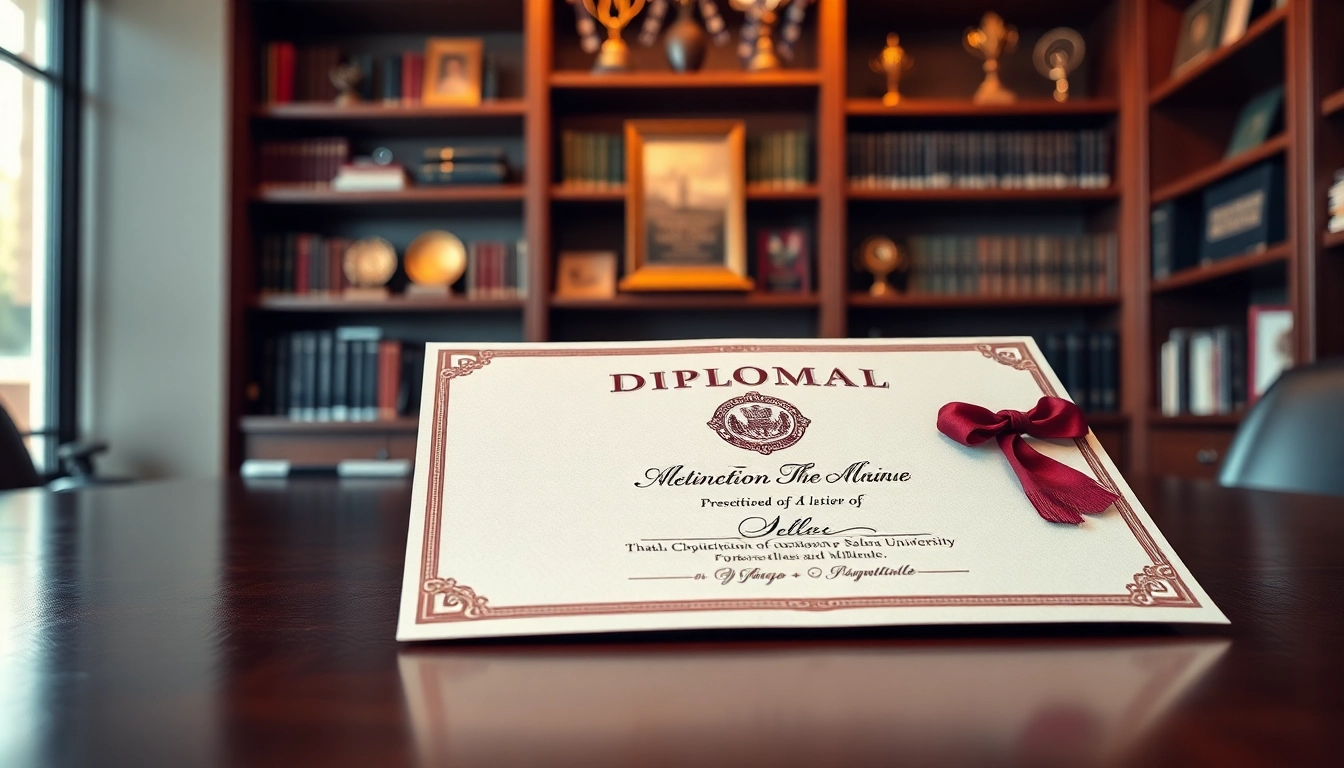
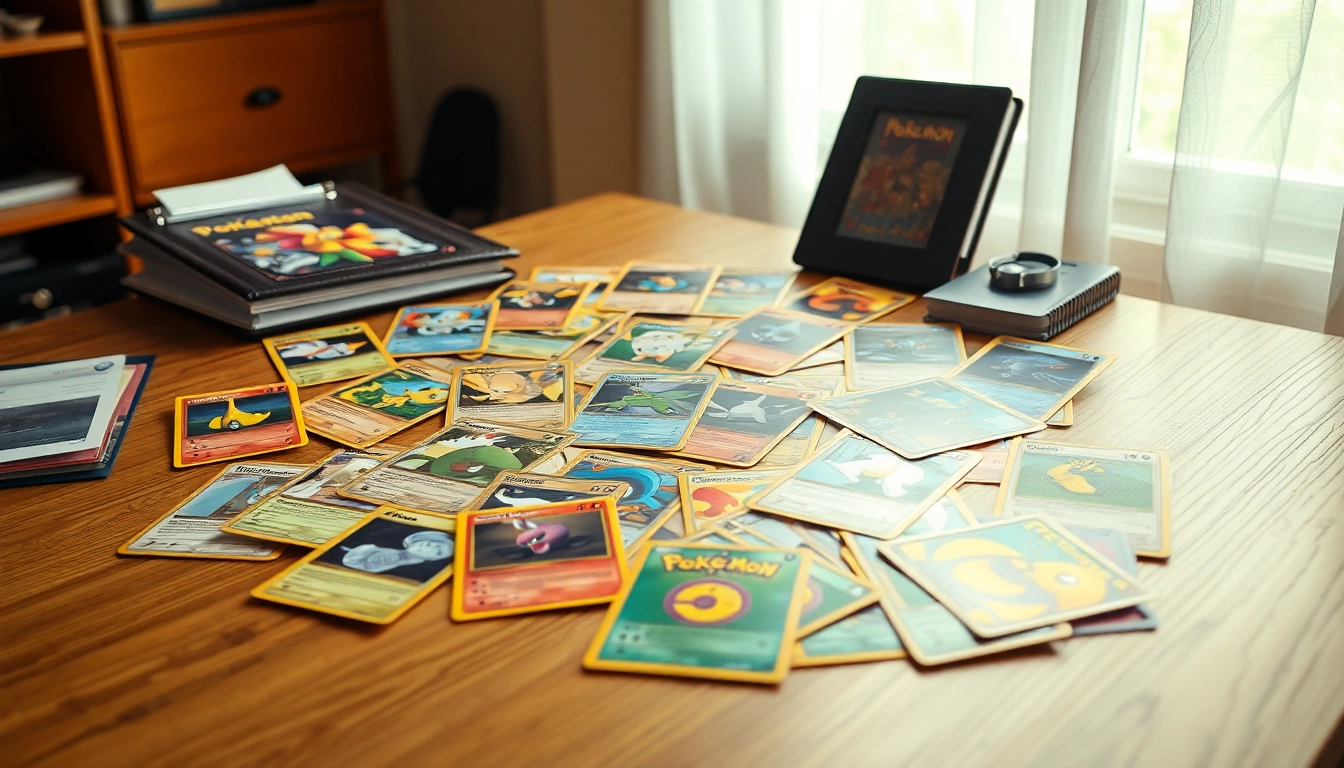
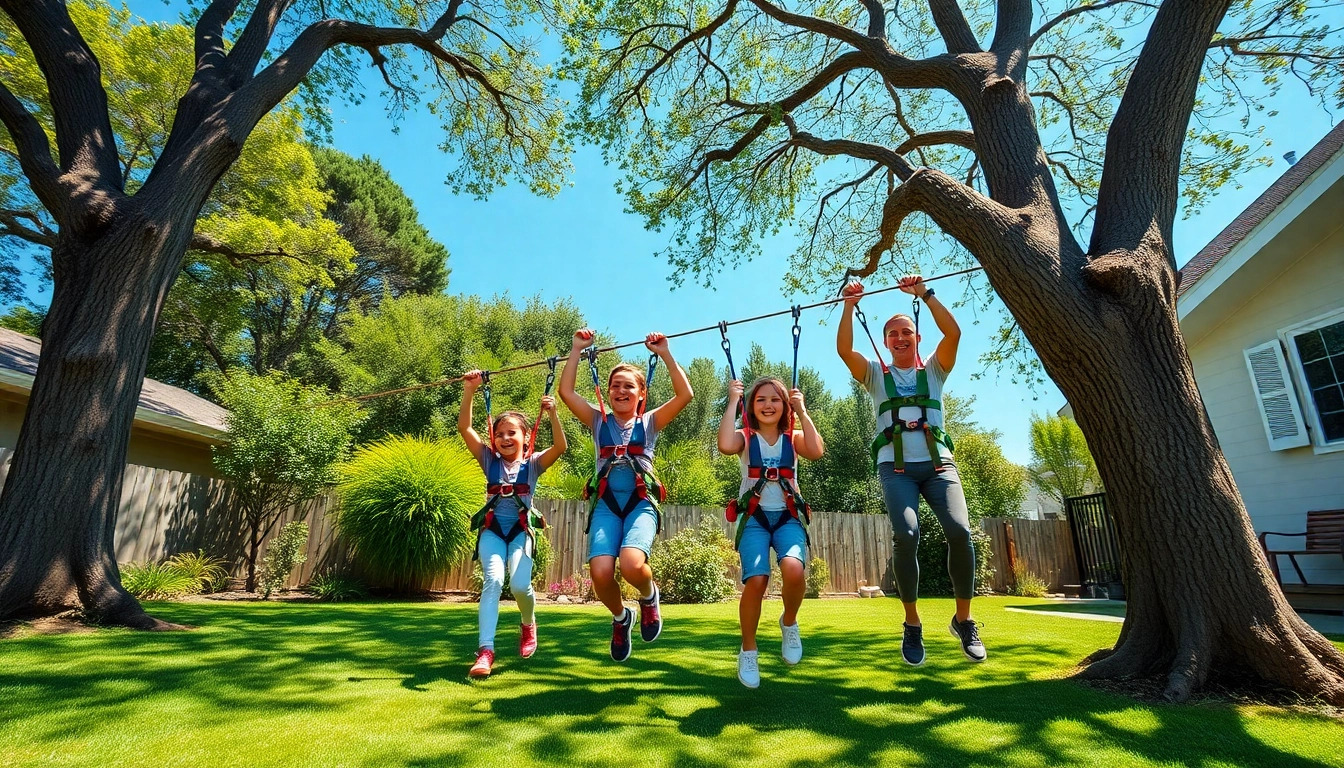

Leave a Reply